Virtual try-on (VTO) is a technology that allows shoppers to see how clothes, accessories, and other products would look on them without having to physically try them on. It is a rapidly growing trend in the e-commerce industry, as it offers a number of benefits to both shoppers and retailers.
The journey of virtual try-on technology is a testament to the rapid advancement of digital tools in retail and consumer spaces. From basic webcam applications to sophisticated AI and AR-driven experiences, virtual try-on technology has continually evolved to meet consumer demands and technological capabilities. Looking forward, the technology is poised to become even more integrated into online shopping experiences, with ongoing improvements in realism, personalization, and user engagement.
User Experience and Consumer Behavior
Virtual try-on technology has become increasingly important in meeting modern consumer expectations for convenience and personalization in the retail experience. Here's how it aligns with these key consumer demands:
Convenience
- Anywhere, Anytime Shopping: Virtual try-on allows consumers to try on clothes, accessories, or makeup from the comfort of their home or on the go, using their smartphones or computers. This flexibility is highly valued in today's fast-paced lifestyle.
- Quick Decision Making: By seeing how products look on them virtually, consumers can make quicker purchasing decisions, saving time that would otherwise be spent in physical fitting rooms.
- Reduced Need for Physical Store Visits: Particularly relevant in the context of the COVID-19 pandemic, virtual try-on minimizes the need for consumers to visit stores, which can be time-consuming and, at times, risky.
- Ease of Use: Modern virtual try-on solutions are user-friendly and easily integrated into online shopping platforms, making the process straightforward even for those who are not tech-savvy.
Personalization
- Tailored Recommendations: Advanced virtual try-on tools, powered by AI, can analyze a consumers preferences, body type, and past shopping behaviors to recommend products that are more likely to fit and flatter.
- Real-Time Feedback: Virtual try-on provides instant feedback on how a garment or accessory looks, allowing consumers to adjust choices based on their personal style and fit preferences.
- Customization Options: Some virtual try-on solutions enable users to customize products, like changing colors or adding personal touches, offering a more personalized shopping experience.
- Improved Product Understanding: Virtual try-on helps consumers understand how a product would work with their existing wardrobe or makeup collection, leading to more personalized and informed purchases.
Bridging Online and Offline Experiences
- Enhanced Online Shopping: Virtual try-on bridges the gap between online and offline shopping by providing a try-before-you-buy experience that was traditionally only possible in physical stores.
- Feedback and Social Sharing: The integration with social media platforms allows users to share their virtual try-on experiences and get feedback from friends and family, mimicking the social aspect of traditional shopping.
Future Implications
- Expectation of Hyper-Personalization: As technology advances, consumers will likely expect even more personalized and accurate virtual try-on experiences, pushing retailers to continually innovate.
- Sustainable Choices: Virtual try-on can also influence more sustainable consumer behavior by reducing the rate of returns and the associated waste, aligning with the growing consumer awareness and demand for sustainability in retail.
Case Studies: Success Stories
Several prominent brands and companies have effectively utilized virtual try-on technology to enhance the customer experience and meet modern consumer demands. These brands span various sectors, including fashion, eyewear, and beauty. Here are a few notable examples:
Fashion and Apparel
- Nike: Nike has implemented virtual try-on technology for footwear. Their app allows users to scan their feet using a smartphone to recommend the best shoe size in any particular style. This feature addresses the common challenge of finding the right shoe fit when shopping online.
- ASOS: ASOS, a leading online fashion retailer, introduced a virtual catwalk feature in their app. This augmented reality experience allows users to view models as if they are walking in front of them, providing a more realistic view of how clothes move and fit on the body.
Eyewear
- Warby Parker: Warby Parker, known for its eyeglasses and sunglasses, offers a virtual try-on service in its app. This feature uses augmented reality to allow customers to see how different frames will look on their face, making the selection process more convenient and personalized.
- Luxottica (Ray-Ban, Oakley): Luxottica, the parent company of popular eyewear brands like Ray-Ban and Oakley, offers virtual try-on for many of its products. This feature has been crucial for consumers to see how different styles of sunglasses and eyeglasses fit their face shape.
Beauty and Cosmetics
- Sephora: Sephora's 'Virtual Artist' tool uses augmented reality to allow customers to try on various makeup products, including lipstick, eyeshadow, and foundation. This technology helps customers to experiment with different looks before making a purchase.
- L'Oral: L'Oral has incorporated virtual try-on for its range of cosmetic products. The companys AI-powered tool, available on its website and through partner retailers, enables customers to try on makeup and hair colors virtually.
Jewelry
- Tiffany Co.: Tiffany Co. offers a virtual try-on for engagement rings, allowing customers to see how different ring styles and sizes look on their hand, which can be particularly useful for such a significant and personal purchase.
These brands illustrate how virtual try-on technology can be effectively implemented across different sectors to improve customer experience, reduce the barrier to online purchasing, and cater to the modern consumer's desire for convenience and personalization. As technology continues to evolve, it's likely that more companies will adopt and further innovate with virtual try-on capabilities.
Benefits of virtual try-on for shoppers
For shoppers, VTO can help them:
- Make more informed purchase decisions: Shoppers can see how a product looks on them before they buy it, which can help them avoid returns and disappointments.
- Save time and hassle: Shoppers can try on multiple products in a short period of time, without having to go to a store or wait in line.
- Experiment with different styles and looks: Shoppers can try on products that they might not normally consider, which can help them discover new styles that they love.
Benefits of virtual try-on for retailers
For retailers, VTO can help them:
- Increase sales: VTO can help retailers increase sales by reducing returns and encouraging shoppers to buy more products.
- Improve customer satisfaction: VTO can help retailers improve customer satisfaction by providing a more convenient and engaging shopping experience.
- Reduce costs: VTO can help retailers reduce costs by reducing the number of products that need to be returned and by improving the efficiency of their operations.
Data-driven look at the success of virtual try-on
A number of studies have shown that VTO is a successful technology. According to a study by Accenture found that 83% of shoppers are more likely to buy a product if they can try it on virtually.
In addition, a number of retailers have reported success with VTO. For example, Warby Parker, an online retailer of eyeglasses, has seen a 20% increase in sales since implementing VTO. And Sephora, a cosmetics retailer, has seen a 30% decrease in return rates since implementing VTO for its lipsticks.
Virtual try-on is a rapidly growing trend in the e-commerce industry. It offers a number of benefits to both shoppers and retailers. Shoppers can use VTO to make more informed purchase decisions, save time and hassle, and experiment with different styles and looks. Retailers can use VTO to increase sales, improve customer satisfaction, and reduce costs.
If you are a business owner, you should consider implementing VTO on your website or app. VTO can help you capitalize on the growing trend of online shopping and create a more engaging and personalized shopping experience for your customers.
You may also be interested in: Our Fall Favorites lookingGLASS Lifestyle
Shop Now and elevate your style with our personalized styling services.

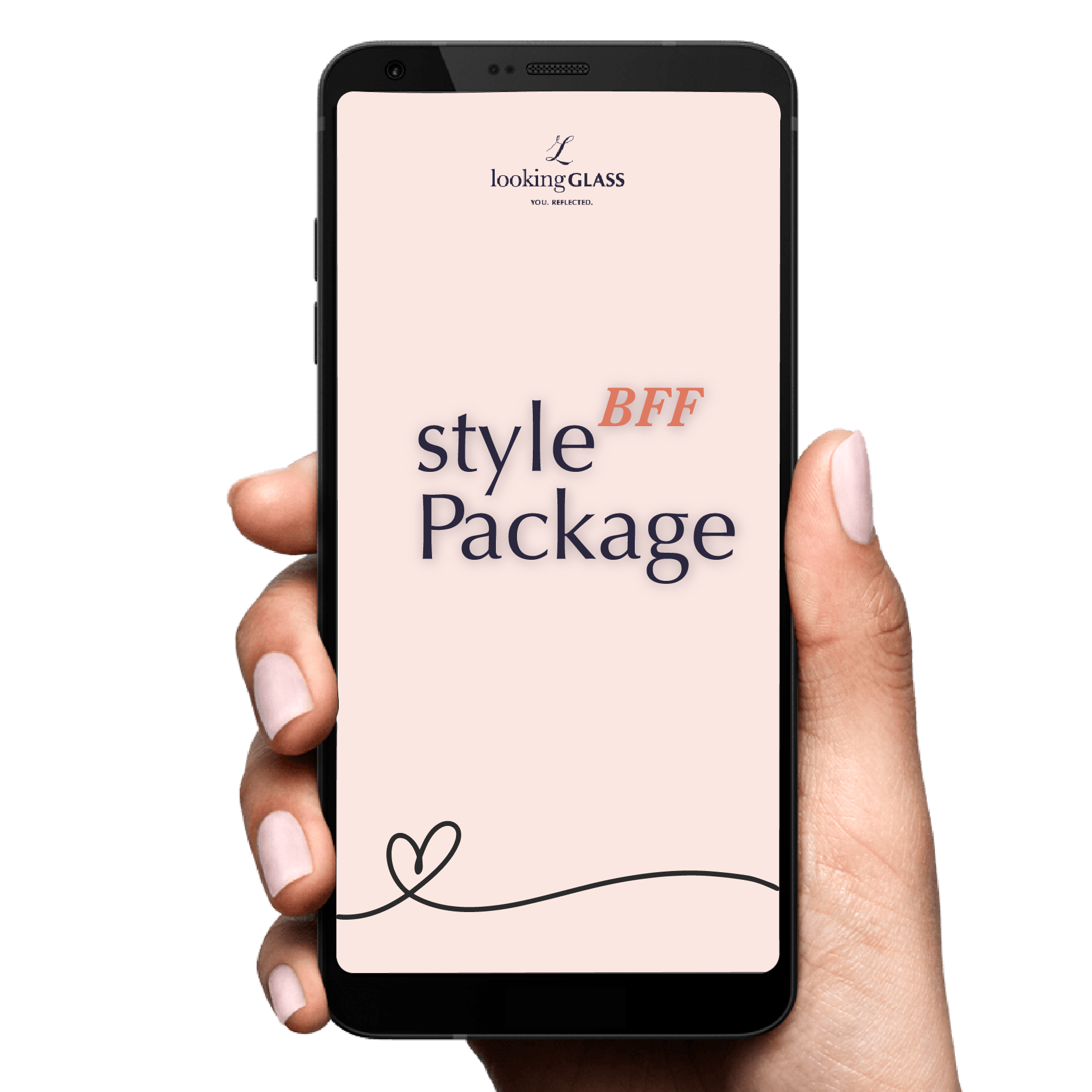
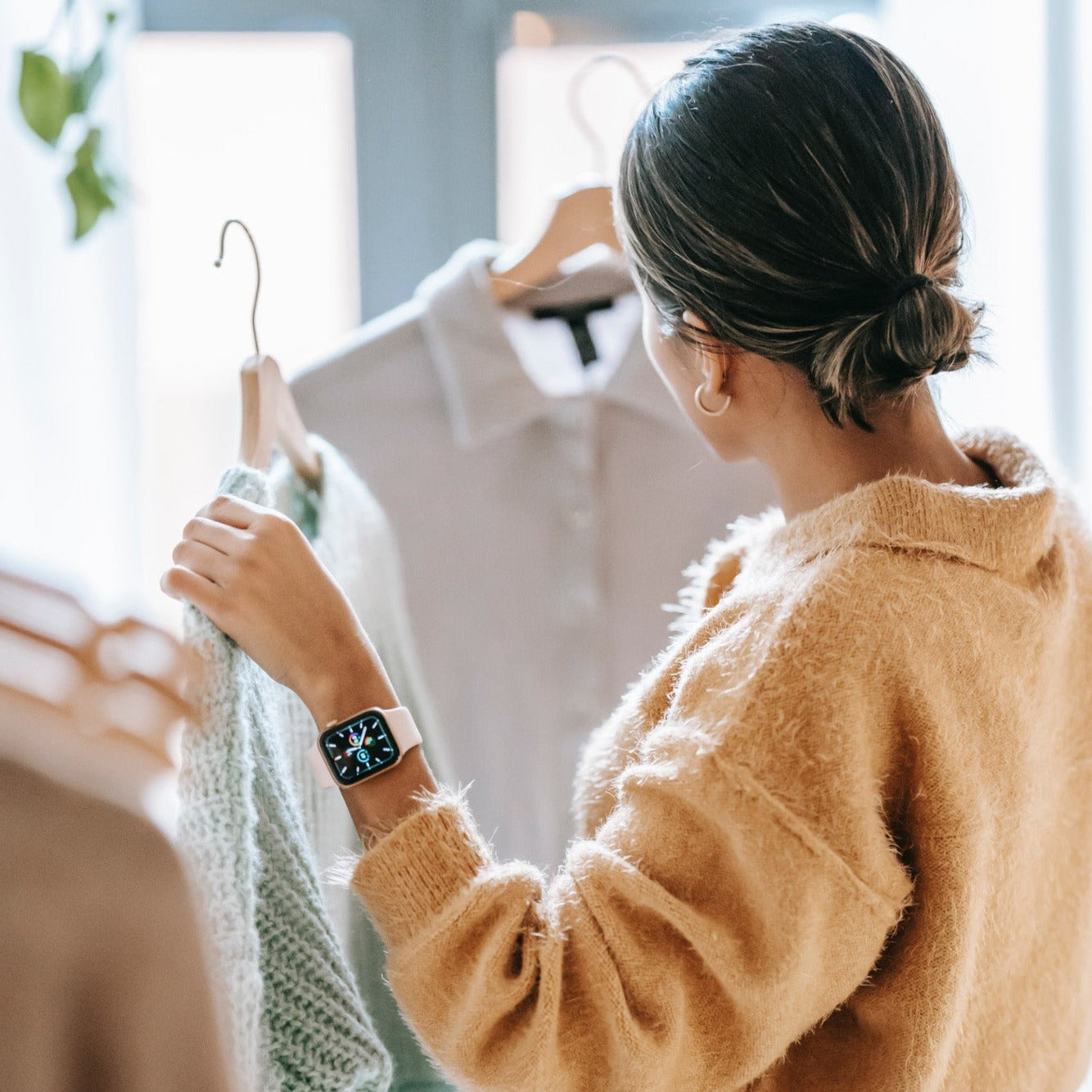
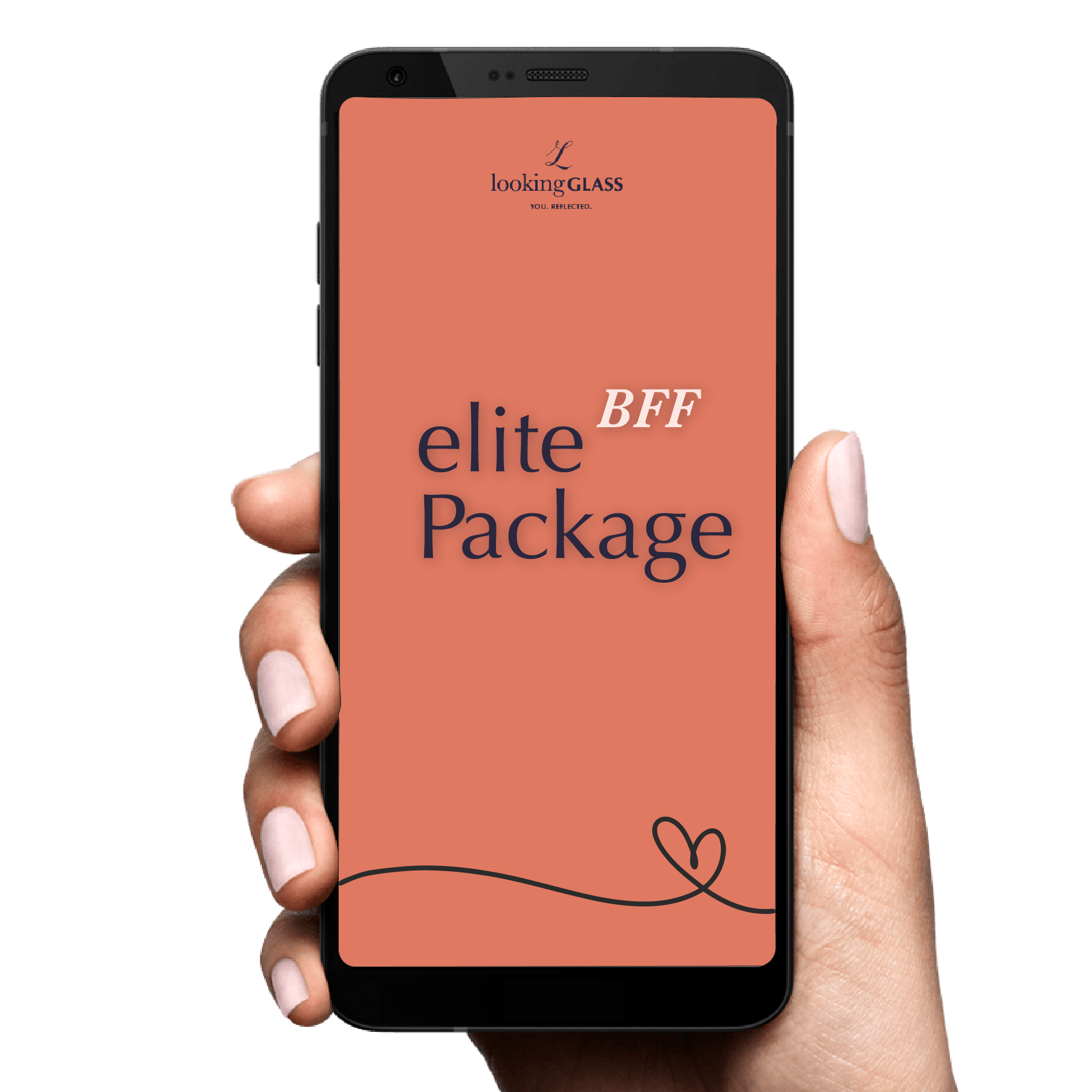
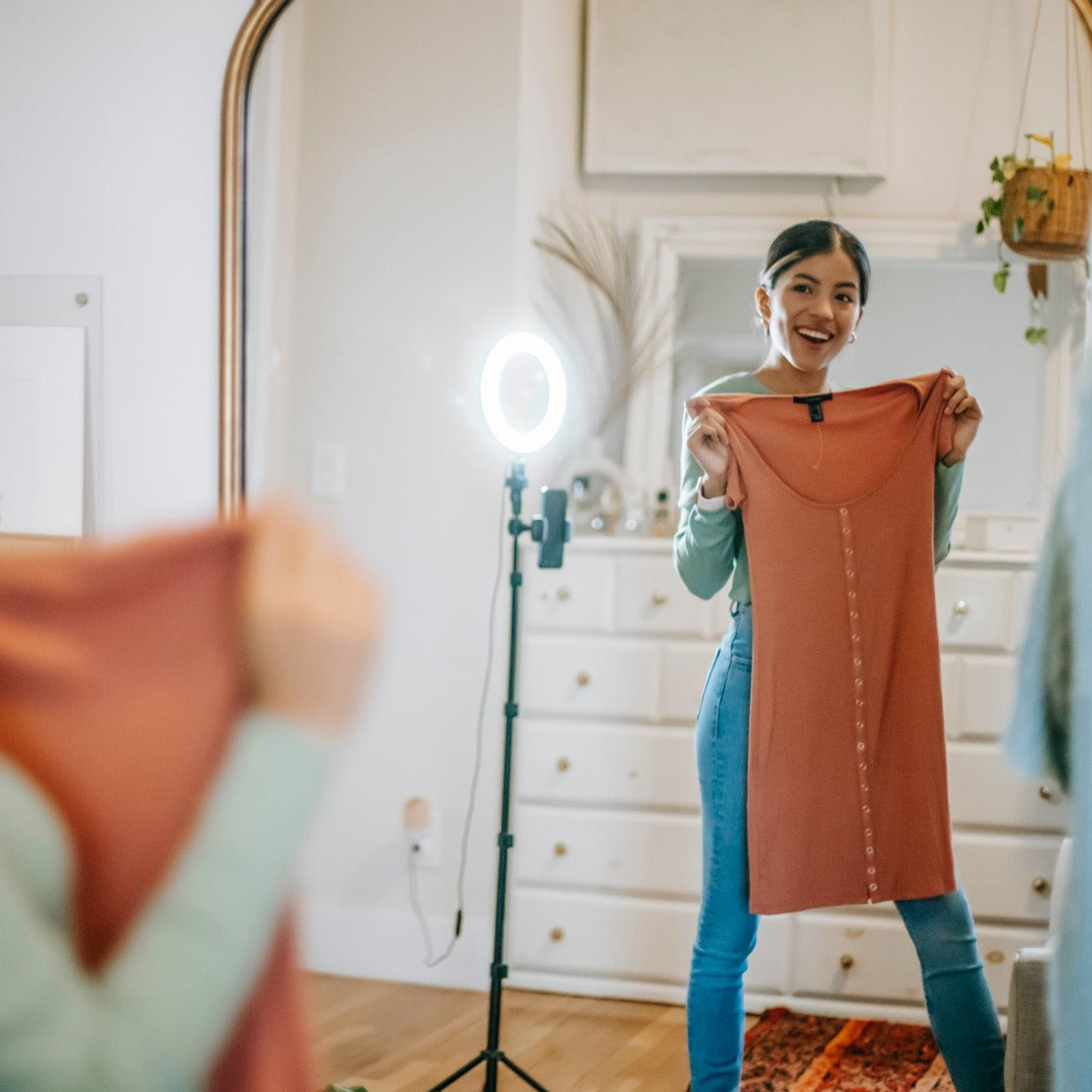
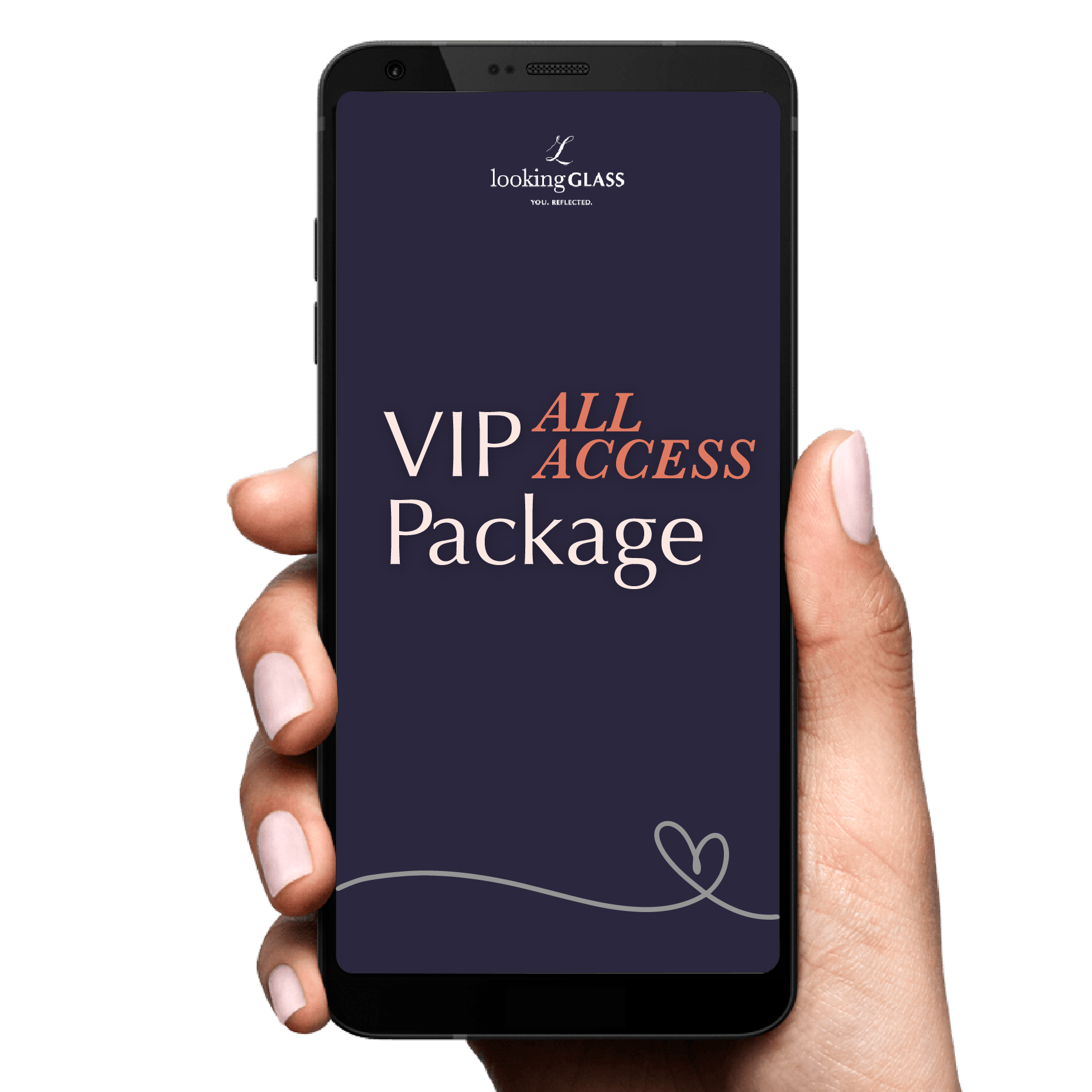
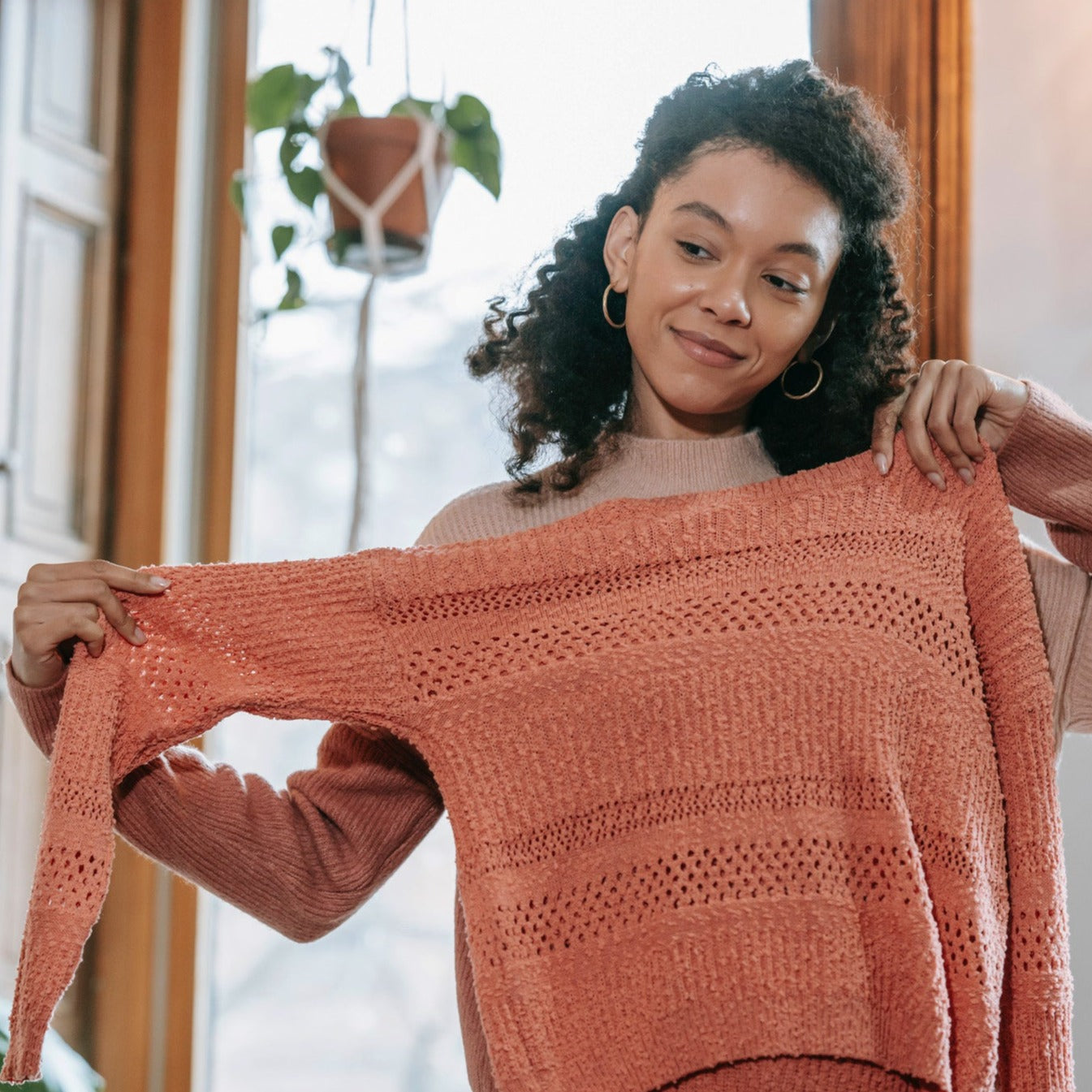
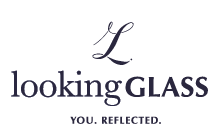

Leave a comment